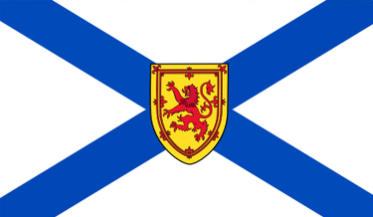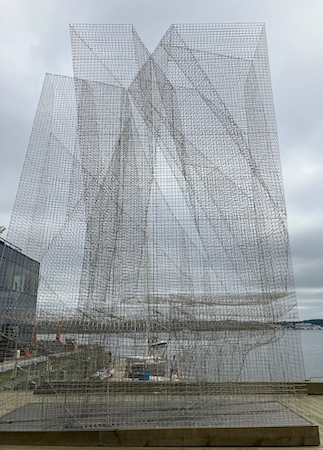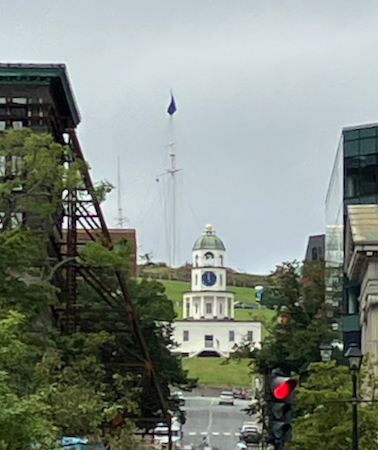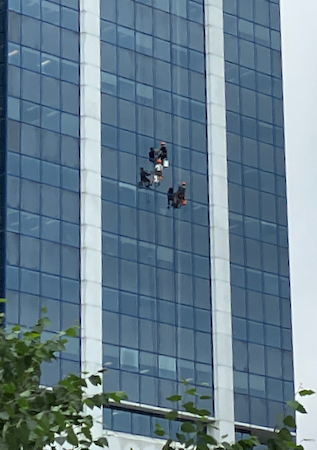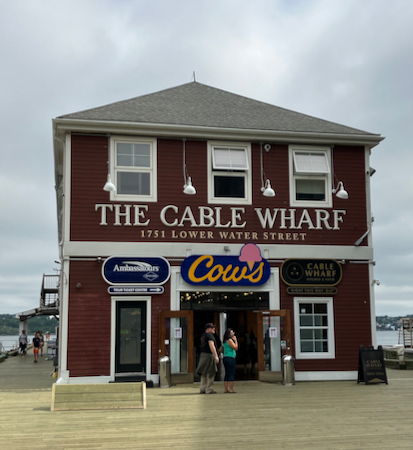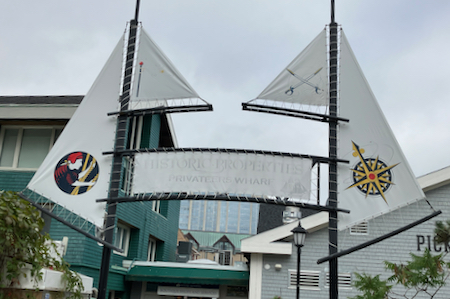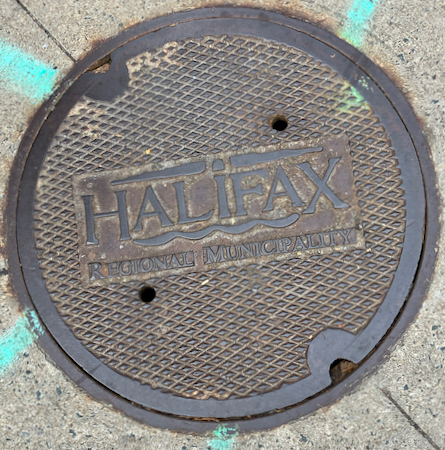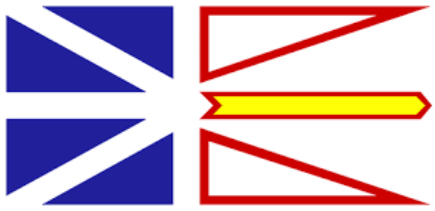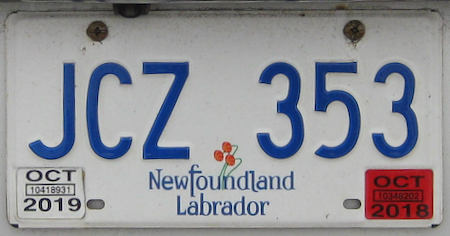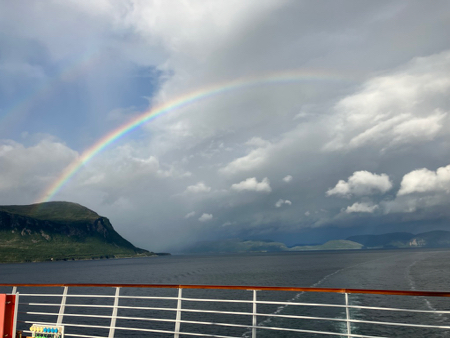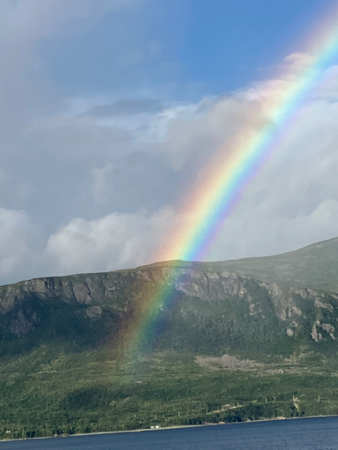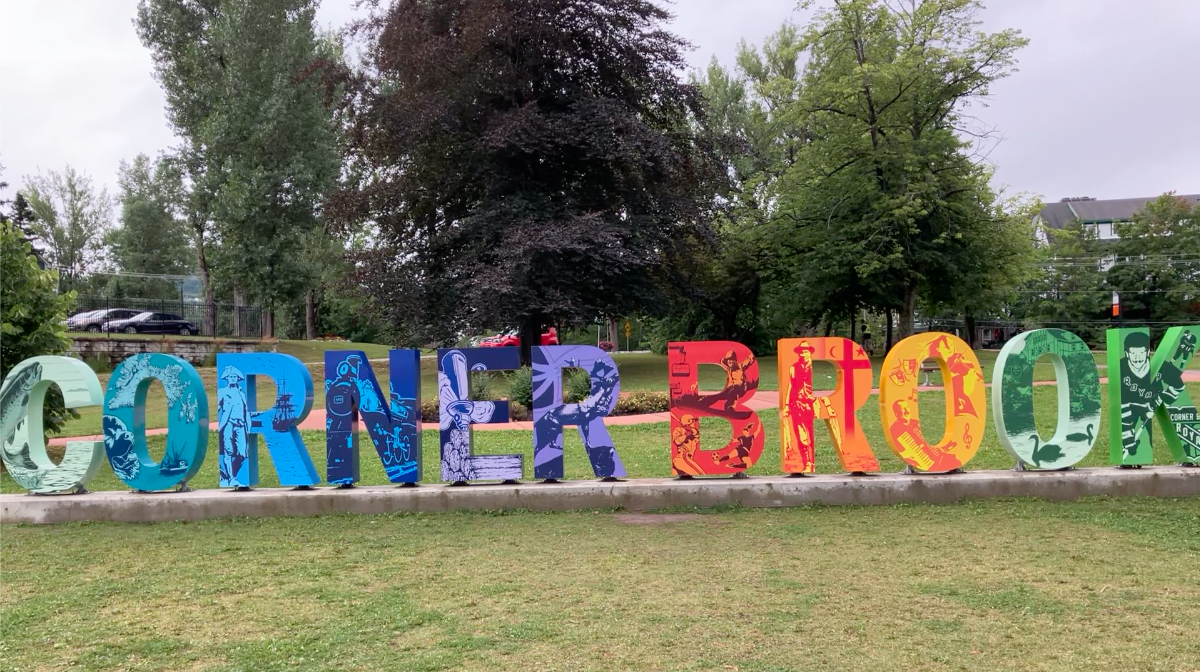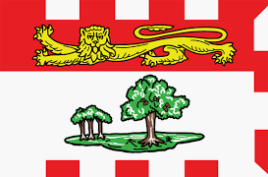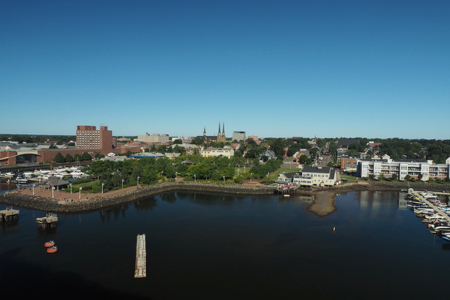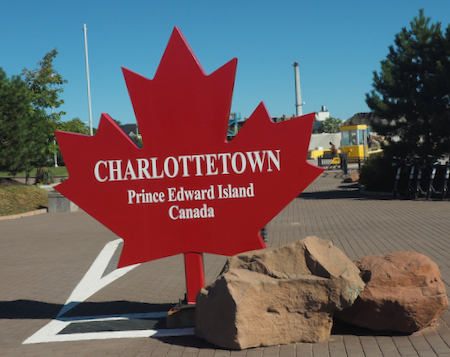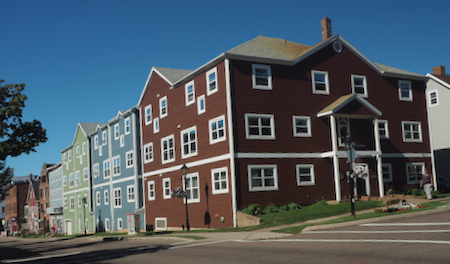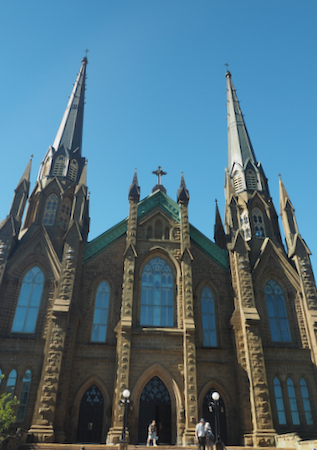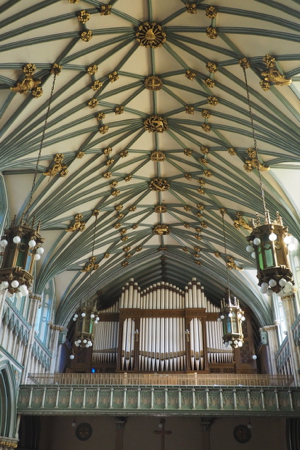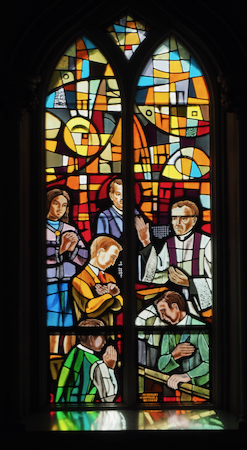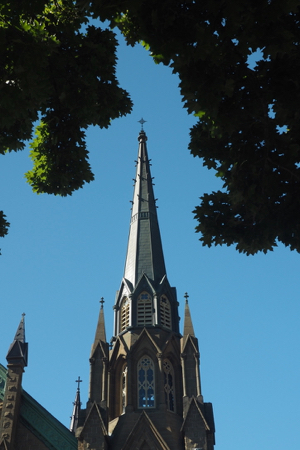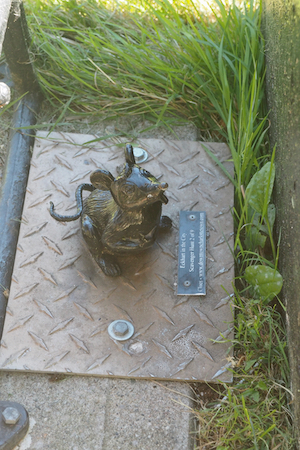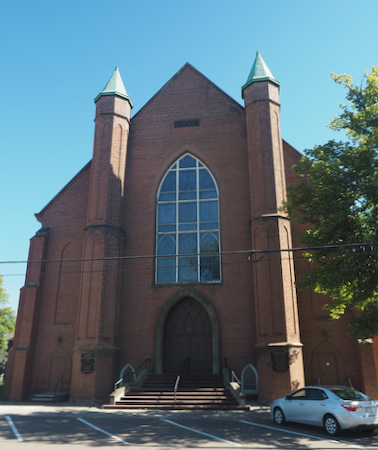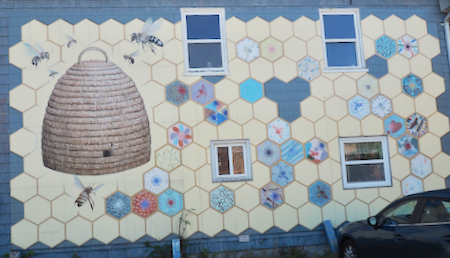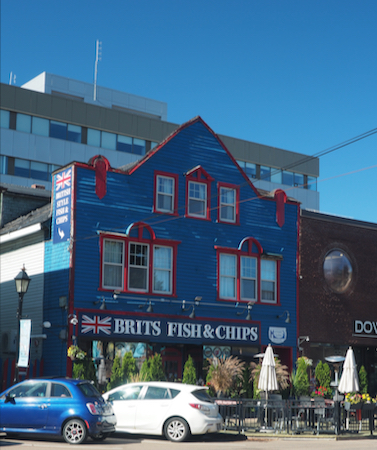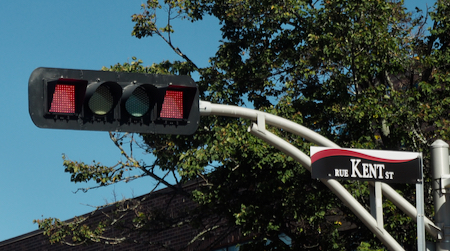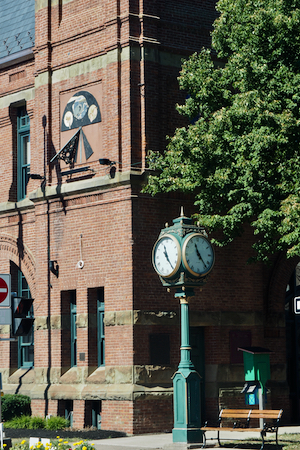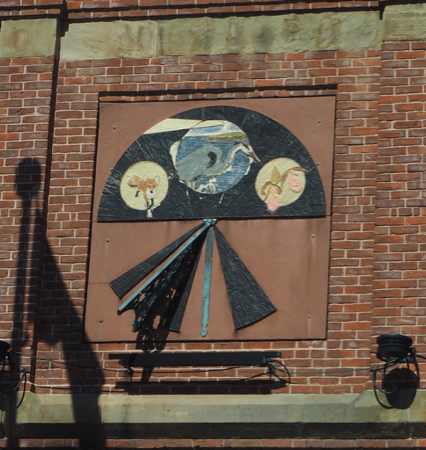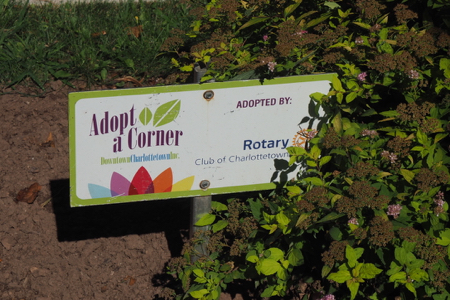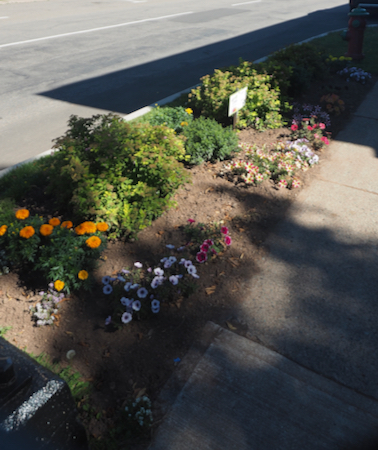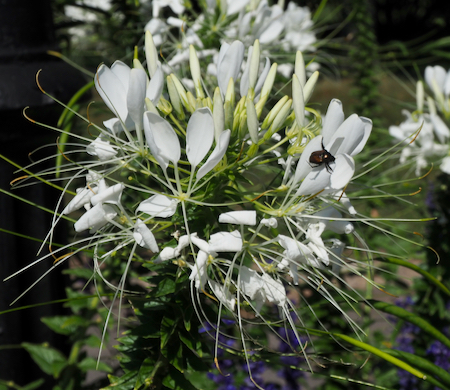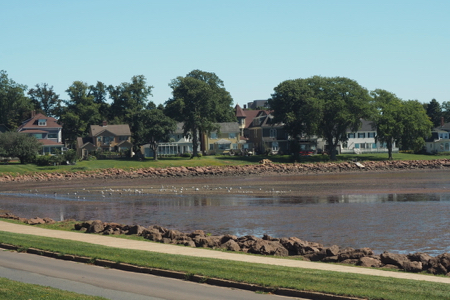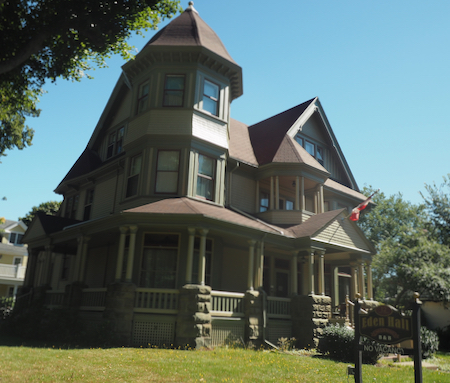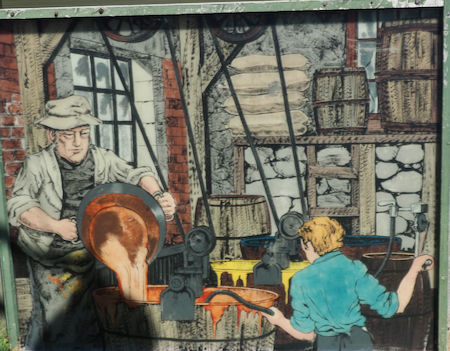Tues., 8/30/22 - Halifax, Nova Scotia
Since we were here on the 2019 HAL Voyage of the Vikings cruise, we just walked the length of the waterfront boardwalk and enjoyed the day and seeing familiar sights. Doug and Donna joined us until we got to the Maritime Museum where they stopped for a tour.
Our FitBit watches tell us we have walked more than 10,000 steps in each of the last two ports! The weather has been very pleasant and we enjoy just being at the ports-of-call.
Flag of Nova Scotia
The Emigrant
Wire sculpture
Nice wall mural
Looking up at the Halifax Town Clock at the Citadel Hill fortress
Doesn't this look like fun?!
Ice cream store
Entrance to the Historic Properties area, also known as Privateers' Wharf
Wed., 8/31/22 - At Sea
Today was a day at sea, sailing from Halifax, NS, to Corner Brook on the Island of Newfoundland. The island is in the Newfoundland time zone, one-half hour earlier than the Atlantic time zone. This makes it hard to reset time pieces.
Gale went to the EXC Talk at 10 AM in the auditorium. Cruise director, Bettyann, did a great presentation on “Iconic Canada.” Topics included: the maple leaf symbol; the maple syrup industry and the “great maple syrup heist of 2011-2012;” the RCMP, who only wear the red jackets for dress and very few of them ever get on a horse - they use cars, motorcycles, bikes and snowmobiles in today’s world; the French speaking British soldiers, who wear red jackets and high beaver hats and guard the Queen (Canada is still a member of the British Commonwealth of Nations) and her dignitaries and march to perform the “changing of the guard” at the citadel in Quebec. Bettyann also spoke about the French Canadian army which fought at the Battle of the Somme in WWI. They were the Van Doos (Vingt-Deux in French), the 22nd regiment of the Canadian Army and only spoke French. The French on the Quebec license plates is “je me souviens” and it means, “I remember” and refers to their historic past. And lastly, she told the story of the Canadian soldier in WWI who bought a bear cub for $20 at a train station on his way to training from Winnipeg to Toronto. The cub became his unit’s mascot but lived in the London zoo when his unit went to war. AA Milne’s son, Christopher Robin, loved the bear so much, his father wrote the stories of Winnie the Pooh. The name, Winnie, stood for Winnipeg, the name of the bear and where the soldier had lived.
This presentation was so good, I got Marge to go with me to the 2 PM EXC Talk on “The Great North” also given by Bettyann. She gave a great history lesson on the six New England states and the five Canadian Maritime Provinces and the New England vs New France colonizations, war, and cultural development. The Battle of the Plains of Abraham (or Battle of Quebec) which took the Brits one hour to defeat the French preceded the Boston Tea party and the New England Uprising, also known as the American Revolution. Canada honors the First Nations now and efforts to revive and sustain their languages and traditions are on going. She talked about the French Acadians who left Canada and landed in New Orleans to become the Cajun peoples. New France was once all the land from Quebec province to Louisiana except for the New England east coast area.
The stage in this ship’s auditorium is a 180-degree movie screen. The visualization at these presentations were very impressive. There are no bad seats.
Thurs., 9/1/22 - Corner Brook, NF
The Nieuw Statendam sailed into the Humber Arm of the Bay of Islands of the Island of Newfoundland under cloudy skies with rainbows off the stern. By the time we were docked and cleared to go ashore, it had begun to rain and continued to rain most of the day. There was a break at 4 PM, so we ventured into the town of Corner Brook by way of the free shuttle buses. We walked the one block of town and got back on the shuttle just as it started to rain again. It is a shame the weather was so bad because there are a number of walking trails to a lake, an overview of town, a monument to Capt. James Cook - who was the first to map this shoreline, and to a historical site.
The rest of the day we spent eating or in our stateroom and watching it rain.
Flag of Newfoundland-Labrador
Morning rainbow
Morning rainbow
Fri., 9/2/22 - At Sea
At times the Gulf of St. Lawrence was rough enough today that we put on our sea bands. Once we sailed between Nova Scotia and the Isle of Madeleine things smoothed out.
Gale attended two more interesting EXC Talks. The first was “Game On” and the second, “Supernatural” about stories of witches and the macabre in the New England and Canadian Maritimes.
Game On presented sports that were “invented, imported, or indigenous” to these areas. Road Bowling is an English and Irish sport of throwing a steel ball down a wooded lane trying to reach a target or end goal in fewer throws than your opponent(s). Disc golf was created in a Canadian school yard in 1920 and refined into today’s frisbee golf. Muggle Quiddage (muggle = non-magical) began on Boston college campuses after the Harry Potter craze. And, of course, basketball was created in two weeks by James Naismith as a winter indoor activity for the YMCA in Springfield, MA. Ice hockey may have started in the 1600s by the Dutch on frozen rivers and lakes. It was the Canadians who decided a wooden, and later rubber, puck, was better maneuvered on ice than a wooden ball. Lacrosse is a game devised by the Canadian First Nation tribes. The game was initially played in the St. Lawrence Valley area by the Algonquian tribe and they were followed by other tribes in the eastern half of North America.
The Supernatural talk was about witches and odd occurrences in the northeast. For instance, Buck, the founder of the town of Bucksport, is said to have witches dancing on his grave. There is a stain on his grave stone in the shape of a boot. Is that a witch’s boot? There is a Dungeon Rock in Lynn, MA. Dungeon Rock is a 135-foot-deep cave once believed to hold a treasure and its unfortunate pirate. Late in the summer of 1658, a sinister ship appeared in Lynn Harbor. It was believed that one pirate took a stolen treasure with him as he escaped deep into the woods, arriving at a natural cave in what is now Lynn Woods. Edgar Allen Poe, Hawthorne, and Steven King all lived in the New England area. And so on. . .Sat., 9/3/22 - Charlottetown, Prince Edward Island
This morning we went on the self-guided (orange or green lines painted on the sidewalks) walking tour of this cute town on the south side of Prince Edward Island at the mouth of the one and only river here, Hillsborough River. Our walk started at the marine terminal where Gale bought a PEI spoon at the very first shop. From the terminal we walked through the city market and food court.
Flag of Prince Edward Island (PEI)
View of town from the ship
Interesting anchors
From the ship - steeples of St. Dunston's Basilica
Welcoming sign
Weathered house
Street scene
Bilingual
After the markets (unremarkable), we went inside St. Dunston's Basilica, a rather small, plain church with modern people pictured in the stained glass windows instead of saints, etc. It does have a rather nice vaulted ceiling and organ loft.
St. Dunston's Basilica
St. Dunston's Basilica, interior
St. Dunston's Basilica, organ pipes
St. Dunston's Basilica. modern stained glass windows
St. Dunston's Basilica, steeple
Eckhart the Mouse
Eckhart the Mouse is the main character in the "True Meaning of Crumbfest," written by PEI author David Weale. "The True Meaning of Crumbfest" is the story of a curious little mouse named Eckhart who sets off to discover the truth about that most abundant time of year called “Crumbfest,” when bounteous crumbs miraculously appear in the old Prince Edward Island farmhouse in which he lives.
The city of Charlottetown has installed nine little statues of Eckhart at important/historical locations around the city and established a scavenger hunt contest to find them. The hunt can be organized or just a great way to explore the city and its history.
I discovered one of the Eckhart statues next to a bench at St. Dunston's Basilica. The little plaque noted the scavenger hunt, which I looked up when I returned home. The web information is mostly about the hunt, not its history, etc. However the following article is about the church and the mouse and shows how petty some people/institutions can be.
Fictional mouse banished from church grounds
From the brochure about the hunt: Eckhart is first and foremost an adventurer and you can be too as you follow the clues to find our bronze Eckharts. Nine of our little bronze mice were installed in their “hiding places” around the City.
Continuing our Charlottetown tour, we passed at least five other churches, walked through the restaurant area of town, strolled out along two heritage streets lined with rich people’s 1800s houses. There are plaques stating who lived there when. There is lots of grass, large trees, and hosta and hydrangea plants in front of most houses.
We walked out to Victoria Park where the “government house” is. It is the “white” house of the Lt. Governor of the province. Our tour ended back at the busy wharf area with more tourist shops and cafes and then back to our ship. We walked 10,000 steps in town and enjoyed the clear sky and comfortable temperature.
Fathers of Confederation
The path to Canada’s unification began in Charlottetown in 1864. The process ended with the ratification of the British North American Act in 1867 by the British House of Lords, House of Commons and Queen Victoria. 36 colonial delegates were involved to varying degrees at conferences in Charlottetown, Quebec and London. They are called the Fathers of Confederation. This pair of sculptures by Nathan Scott honors two of them. Strangely, they had the same name: John Hamilton Gray. The one wearing a top hat was the Conservative Premier of Prince Edward Island. He was also chairman of the Charlottetown Conference. The other was a delegate from New Brunswick.
Trinity United Church
Wall mural
Interesting balcony
British heritage!
Square stop light
Clock and sundial
Sundial is on the tower of the City Hall
People volunteer to plant annual flowers at street corners. It feels like another town that people are proud to live in and want to show off.
Beetle in a flower
Prince Edward Battery at Victoria Park
Tide's out
MS Nieuw Statendam looming over town
Nice Victorian house
Another nice wall mural - depicts making maple syrup
| Return to Top | Return to Itinerary | Return to Trips page to view other trips | Return to Dreamcatcher Home Page |
